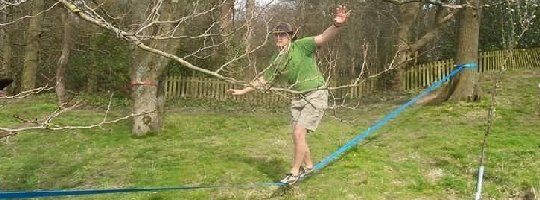
You will need to write, record and retain a risk assessment for any activity you lead.
Risk assessments are a process intended to help you consider and record what risks may be involved in leading an activity, and what reasonable precautions (control measures) a leader should take to minimise those risks. A risk assessment should not normally stop you doing an activity, it should help you to do it safely.
You can write your own risk assessment for each activity, or you can adapt an earlier risk assessment as long as you consider what differences there may be in the activity, the group or the conditions which may affect the risks. Conditions change so be prepared to do a dynamic risk assessment when they do. Some risk assessments you can adapt are below.
- archery at Littledale
- bushcraft
- cycling
- nights away
- orienteering
- slacklining
- walking
- water activities
- wide games
- pioneering. pond dipping, axe throwing, bouldering, string trail
- Waddecar’s risk assessments and operating procedures
- GT risk assessments
- GT water activities risk assessments
PERSPEX!
- Personal Fitness: You need to make sure that you are fit enough to carry out the activity before attempting it.
- Equipment: You need to make sure that you have all the right equipment for the activity – if you don’t have the right equipment you may hurt yourself.
- Risks: You need to assess the risks off the activity and make sure that you know what may happen if something goes wrong.
- Safety Rules: You need to know the safety rules before doing an activity.
- Planning: You need to plan what you are doing and when you are doing it, and let someone outside your group know.
- Emergencies: Plan for emergencies – take first-aid kits with all the right stuff in.
- X – Unexpected: Plan for the unexpected – the weather could suddenly change.

